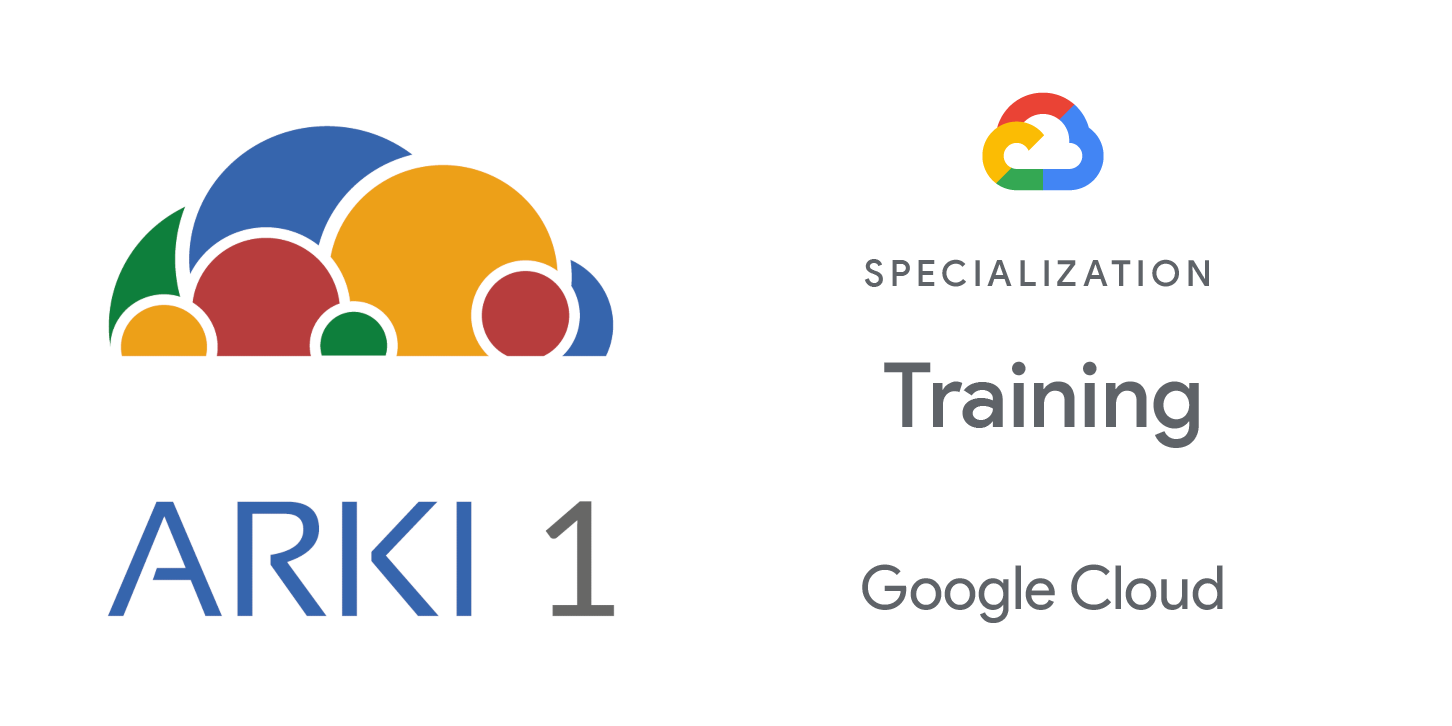Learn how to design, develop, and deploy applications that seamlessly integrate components from the Google Cloud ecosystem. This course uses lectures, demos, and hands-on labs to show you how to use Google Cloud services and pretrained machine learning APIs to build secure, scalable, and intelligent cloud-native applications.
Objectives
In this course, participants will learn the following skills:
• Use best practices for application development
• Choose the appropriate data storage option for application data
• Implement federated identity management
• Develop loosely coupled application components or microservices
• Integrate application components and data sources
• Debug, trace, and monitor applications
• Perform repeatable deployments with containers and deployment services
• Choose the appropriate application runtime environment
Audience
This class is intended for the following audience:
- Application developers who want to build cloud-native applications or redesign existing applications that will run on Google Cloud.
Prerrequisites
To get the most out of this course, participants should have:
- Completed Google Cloud Fundamentals: Core Infrastructure or have equivalent experience.
- Working knowledge of Node.js, Python, or Java.
- Basic proficiency with command-line tools and Linux operating system environments
Duration
Investment
Course Outline
• Design and develop secure, scalable, reliable, loosely coupled application components and microservices.
• Understand how to rearchitect applications for the cloud.
- Identify different Google Cloud services for hosting applications and scripts.
- Choose the appropriate data storage option for application data.
• Bulk-load data into Firestore by using Dataflow.
• Understand best practices related to queries, built in and composite indexes, inserting and deleting data (batch operations), and transactions error handling.
- • Understand Cloud Storage concepts.
• Differentiate between strongly consistent and eventually consistent operations.
• Access Cloud Storage through request endpoints.
• Use object composition to upload an object in parallel.
• Use truncated exponential backoff to deal with network failures.
- Understand how to name buckets for static websites and other uses, how to name objects (from an access distribution perspective, and performance considerations.
- Implement federated identity management.
- Understand Pub/Sub topics, publishers, and subscribers.
- Understand pull and push subscriptions.
- Explore use cases for Pub/Sub.
- Explore pre-trained machine learning APIs such as Cloud Vision API and Cloud Natural Language API.
- Use Cloud Functions for event-driven processing.
- Understand OpenAPI deployment configuration.
- Understand how to create and store container images.
- Create repeatable deployments with deployment configuration and templates.
- Explore considerations for choosing a compute option for your application or service
- Debug an application error by using Cloud Debugger and Error Reporting.
- Use Cloud Monitoring and Cloud Trace to trace a request across services, observe, and optimize performance.


